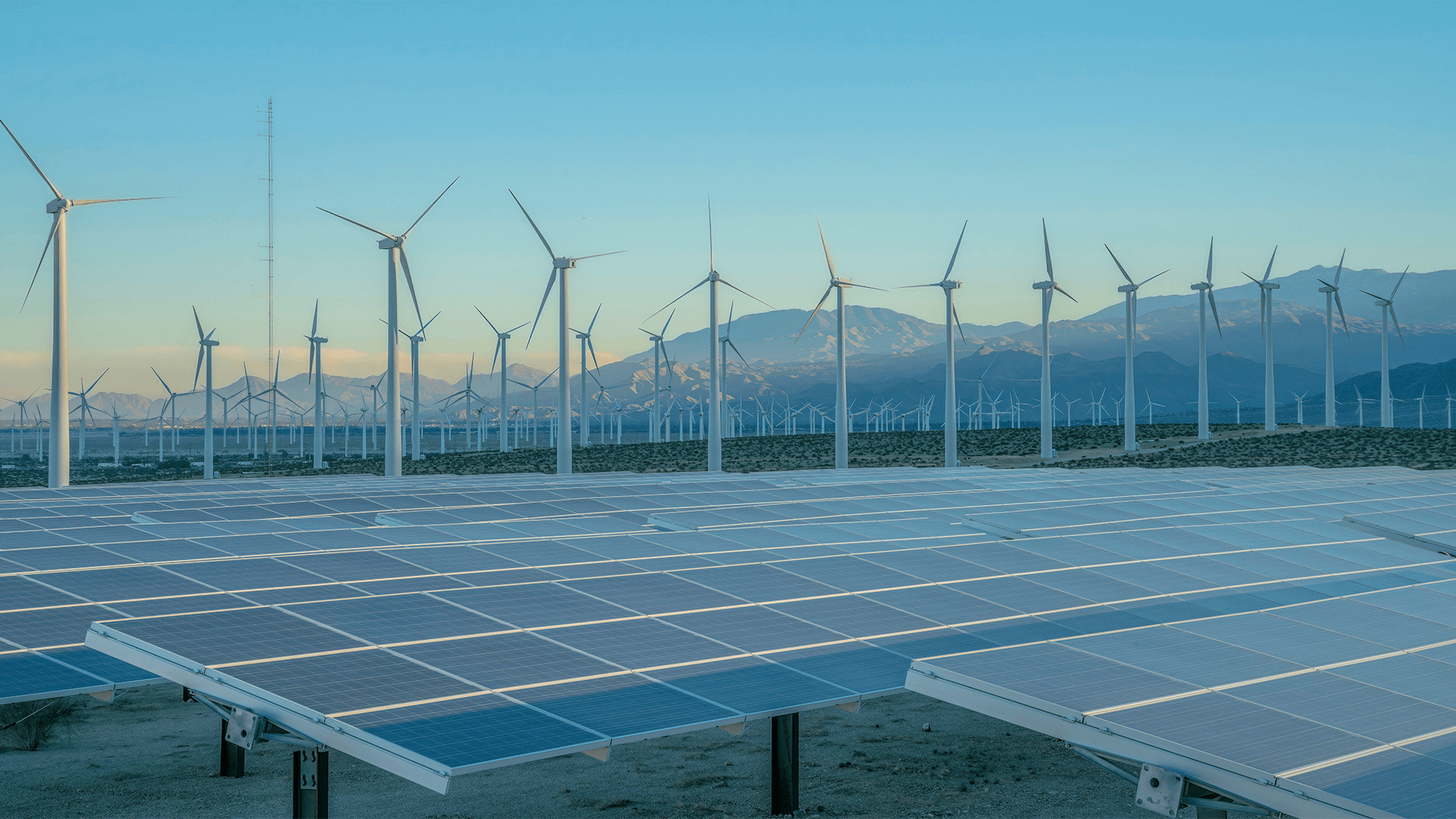
Sharm El Sheikh, November 14, 2022—This week, the second installment in a series of multi-institution reports that assess China’s carbon neutrality transition was released. This report is the result of a collaborative effort and a multi-team research consortium, coordinated by CGS, which includes contributions from 24 expert authors across nine research organizations. The analysis is a deep dive into the role of electrification in China’s pathway toward carbon neutrality.
The first synthesis report, published in 2020, discusses China’s pathways toward carbon neutrality and transitions throughout its economy. This new report looks at China’s new climate policies and trends since 2020 and particularly focuses on how electrification and the associated energy system transition can help achieve China’s “30/60” goals.
“There are multiple pathways for China to reach net-zero emissions by 2060 and many potential obstacles. Electrification can and will likely be one of China’s key climate strategies,” said Sha Yu, report coordinating lead author and Co-Director of the China Program at the Center for Global Sustainability. “Our analysis identifies a set of near-term sectoral actions and long-term sectoral strategies that China can take to accelerate electrification and power sector decarbonization to put China on a successful low-emissions path.”
This multi-model analysis finds the average electrification rates vary across sectors, from 35% in freight transportation, 60% in passenger transportation, 65% in industry, and 80% in buildings by 2060. Models also find a mean increase in the share of electricity in final energy from 25% in 2020 and 65% in 2060. Finally, the analysis shows that all models in the carbon neutrality scenario project electricity generation to at least double and almost 5,000 GW of capacity to be installed by 2060.
While all of these results showcase how China can increase electrification, the only way for this strategy to help achieve carbon neutrality is if China’s electricity system transitions away from fossil fuels.
“To complete this energy system transition and promote electrification for carbon neutrality, there must be comprehensive and cross-sectoral integration,” said Jenna Behrendt, report co-author and CGS Research Associate. “To accomplish this, our analysis highlights the importance of sector-specific strategies to quickly electrify low-hanging fruit, a top-level framework on cross-sectoral integration to increase policy and technology coordination between sectors, and actions to scale up new technologies."
This multi-institution, multi-model report paper shows how the simultaneous transitions of electrifying end-use sectors and decarbonizing the electricity sector can help achieve China’s carbon neutrality target. Through the near-term and long-term sectoral strategies depicted in the analysis, China can successfully incorporate electrification as a key to meeting climate goals without sacrificing economic growth.



